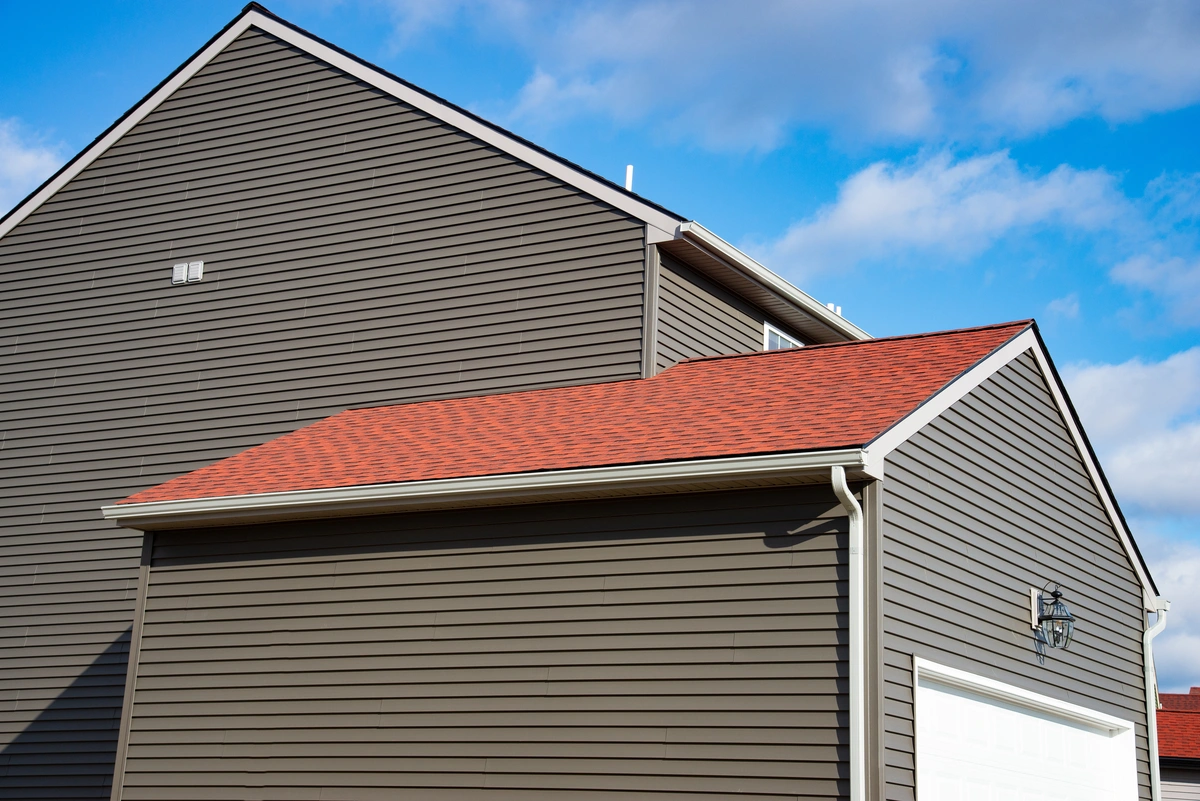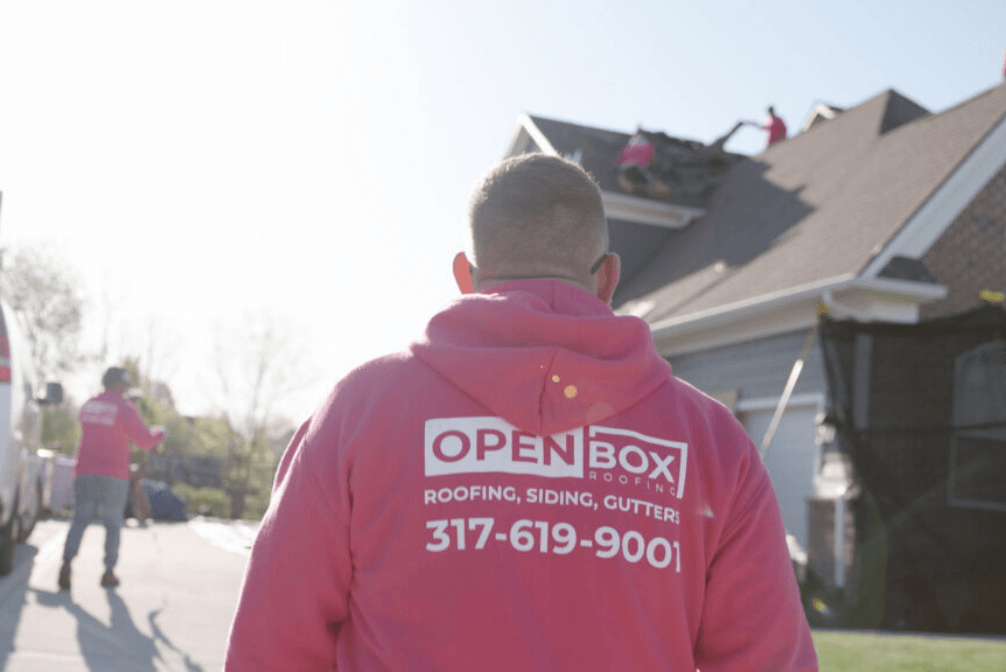Your home is a reflection of your personality and style, and one of the key elements that contribute to its overall aesthetic appeal is its exterior siding. When it comes to premium siding options, James Hardie fiber cement siding stands out as a popular choice among homeowners and industry experts alike.
Renowned for its durability, versatility, and timeless elegance, James Hardie siding offers a plethora of benefits that make it a top contender for enhancing the curb appeal and protection of your home.
Ready to install sleek new siding on your home?
In this blog post, we’ll explore:
- The pros and cons of James Hardie siding
- Cost considerations
- Proper installation techniques
Keep reading to learn all about James Hardie siding installation and more!
What Is James Hardie Siding?
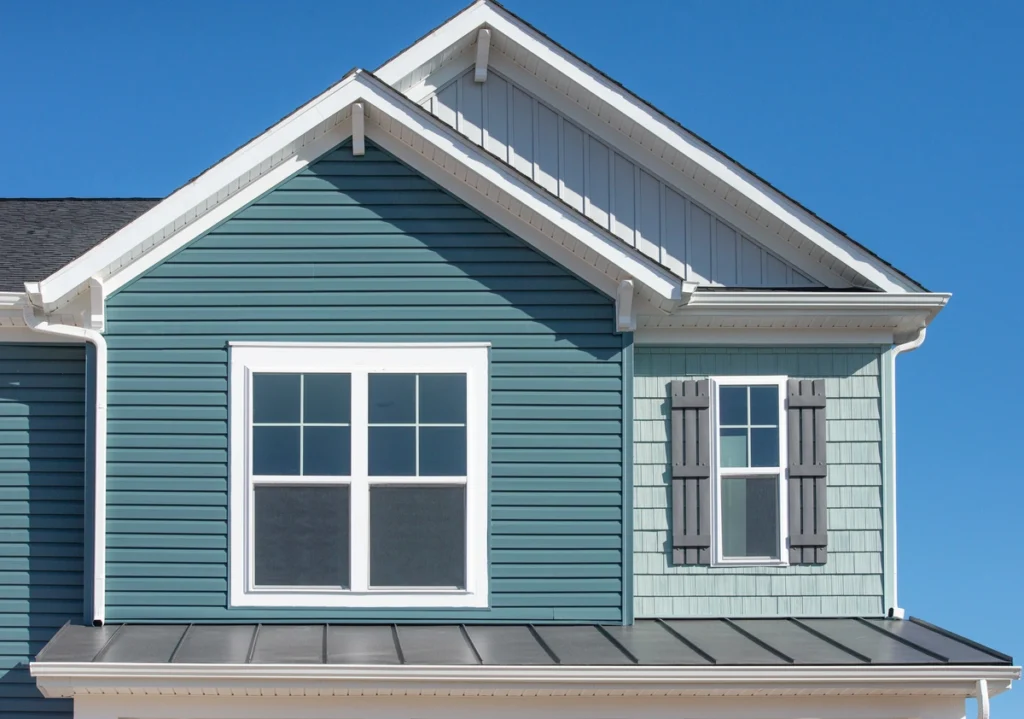
James Hardie siding, often referred to simply as “Hardie siding,” is a type of fiber cement siding that has gained widespread popularity for its durability, versatility, and aesthetic appeal. Founded by James Hardie himself in the late 19th century, the company has become a pioneer in manufacturing fiber cement building products, with a particular focus on siding materials that combine the natural look of wood with the resilience of modern technology.
At the core of James Hardie’s siding’s success is its unique composition. It is primarily composed of cement, sand, cellulose fibers, and water, mixed together to form a robust and weather-resistant material. This blend of elements creates a siding that is highly resistant to various environmental factors that can compromise the integrity of traditional wood or vinyl siding.
The manufacturing process involves pressing the fiber cement mixture into boards or panels, which are cured under high pressure and heat. This process produces a solid, durable product with a uniform texture and finish.
Pros and Cons of James Hardie Siding
James Hardie siding is widely regarded as one of the most high-end siding brands in the industry. But that doesn’t automatically mean it is the right choice for you and your home. It is important to consider all of the factors before making your investment. Here are some pros and cons to consider:
✅ Pros of James Hardie Siding:
- 💪 Durability: James Hardie siding is engineered to withstand harsh weather conditions, including extreme temperatures, heavy rain, and even hurricanes. Made from a combination of cement, sand, and cellulose fibers, it is resistant to rot, pests, and warping, ensuring a long-lasting investment for your home.
- ✨ Versatility: With a wide range of styles, colors, and textures to choose from, James Hardie siding allows you to achieve the exact look you desire for your home. Whether you prefer the classic charm of traditional clapboard or the modern appeal of smooth vertical panels, there’s a design option to suit every taste.
- 👍 Low Maintenance: Unlike wood siding, which requires regular staining and painting, James Hardie siding boasts a baked-on color finish that retains its vibrancy for years without the need for frequent touch-ups. This not only saves you time but also reduces long-term maintenance costs.
- 🔥 Fire Resistance: James Hardie siding is non-combustible, providing an additional layer of protection for your home against fire hazards. Its composition makes it an ideal choice for homeowners in fire-prone areas.
- 📈 Increased Home Value: Installing James Hardie siding can significantly enhance your home’s curb appeal, ultimately leading to an increase in its resale value. Potential buyers recognize the quality and durability associated with this premium siding option.
❌ Cons of James Hardie Siding:
- 💰 Higher Initial Cost: While James Hardie siding offers exceptional durability and benefits, it typically comes with a higher upfront cost compared to other siding materials like vinyl. However, the long-term savings in maintenance and potential home value increase can offset this initial expense.
- 🔨 Installation Complexity: Improper installation can compromise the benefits of James Hardie siding. It requires specialized skills and techniques to ensure optimal performance and longevity. Hiring a professional siding contractor with experience in working with James Hardie products is essential.
- 🎨 Painting Requirements: While the baked-on finish of James Hardie siding lasts longer than traditional paint, it will eventually require repainting. This task can be more involved than simply painting over vinyl siding due to the specific preparation and application requirements.
Cost Considerations
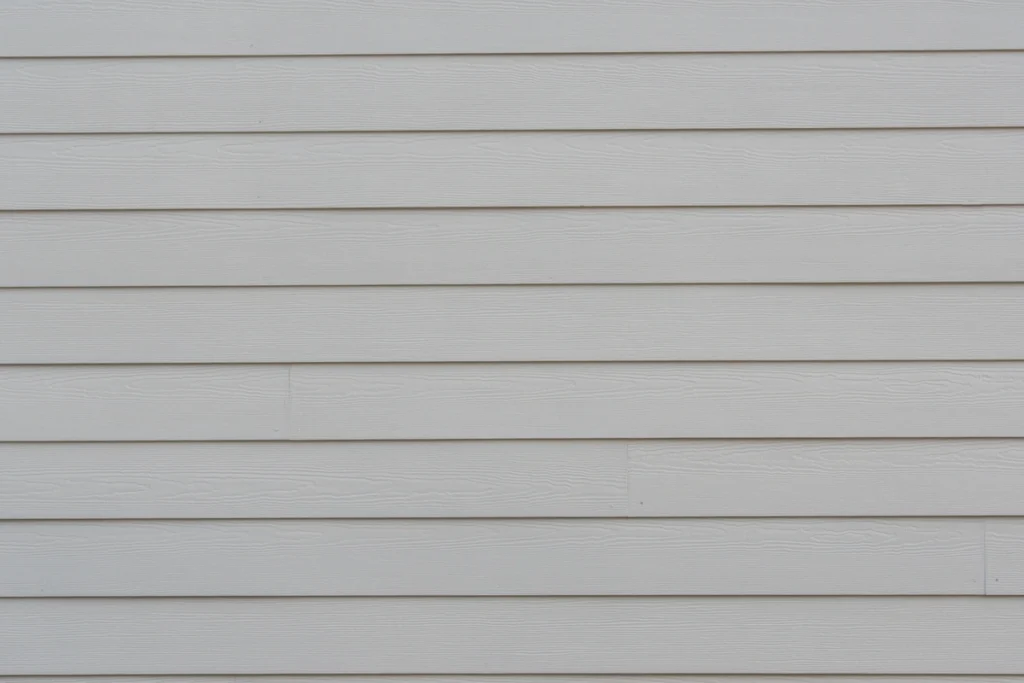
The cost of James Hardie siding varies based on several factors, including the size of your home, the type of James Hardie siding you choose, the design complexity, and the local labor rates. On average, the cost can range from $8 to $12 per square foot, including both materials and installation. Keep in mind that this is a general estimate, and actual costs may differ.
It’s important to remember that while the initial investment might be higher compared to other siding options, James Hardie siding’s durability and low maintenance requirements can lead to long-term savings. Additionally, the enhanced curb appeal and potential increase in home value can provide a return on your investment.
Proper Installation Techniques: 6 Steps
Installing James Hardie siding requires precision and expertise to ensure its longevity and performance. Here are some key steps involved in the installation process:
1) Preparation
Proper preparation of the existing exterior is crucial. This includes removing old siding, repairing any damage to the underlying structure, and ensuring a smooth and even surface for installation.
2) Weather Barrier
A weather-resistant barrier, such as house wrap, should be applied before installing the siding. This barrier helps prevent water infiltration while allowing moisture to escape from the wall assembly.
3) Flashing and Trim
Proper flashing should be installed around windows, doors, and other penetrations to direct water away from vulnerable areas. Trim pieces should also be installed for a finished look.
4) Installation
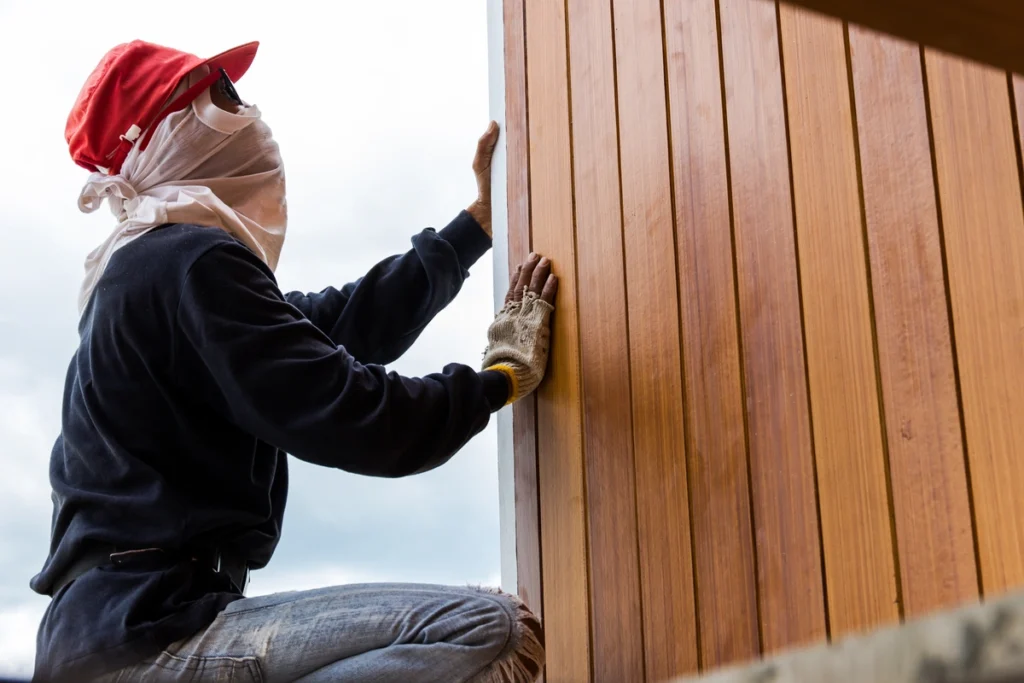
James Hardie siding should be installed with the appropriate clearances and spacing to accommodate expansion and contraction due to temperature changes. Nails should be placed at the recommended locations to prevent buckling or warping.
5) Painting
If the siding requires painting, it’s important to follow James Hardie’s guidelines for proper surface preparation and application of paint. This ensures the longevity of the finish.
6) Regular Inspections
After installation, regular inspections should be conducted to identify and address any potential issues, such as damaged or loose siding, and to perform necessary maintenance.
Work With a James Hardie Expert
When it comes to creating a house with great curb appeal, you want an exterior contractor who knows what they are doing. That is exactly what you will get when you hire Open Box Roofing to help with your siding replacement. We’ll work closely with you to help create a home exterior that you will love for years to come. Contact us today to get started on your project!
